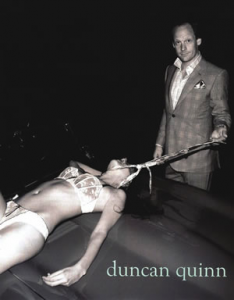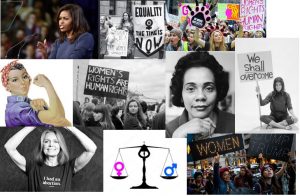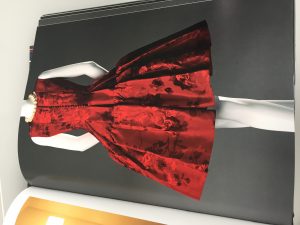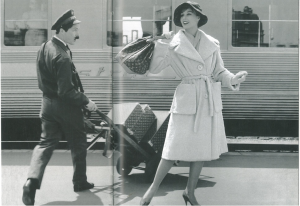Throughout the course of the ‘Research and Communication Skills’ module, I have learnt a variety of ways in which to improve my essay writing skills and where to look to find relevant pieces of information as sources in my writing.
Primarily, I learnt early on in the RCS module how to reference texts and sources when putting them in my writing. Before this module I was unsure of the correct way in which to do this and was worried about the problems I could face for not referencing a source suitably. I found it particularly helpful that we didn’t just learn how to ‘Harvard reference’ a book, but also a website, photograph and newspaper articles. Harvard referencing was particularly helpful for task 1/2 when we had to integrate an image from a book, a photograph and an archive in to piece of writing. After learning how use Harvard referencing I was able to use it in my studio practice by referencing designers or artists work in my research file that I had used in my sketchbook.
Furthermore, I found the lecture about plagiarism and academic integrity in week 3 particularly interesting and opened my eyes to the severity of the problems that one could face within in the design world if an artist or designer’s work was copied too closely. Learning more about the UK Copyright Law will be of great use to me for all of my future work within design so that I can ensure my ideas are unprecedented. Furthermore, I will be able to use designers and artists work suitably as influences and inspirations for my own work without breaching the copyright laws.
The lecture and task in the fourth week was one of the most beneficial for me as it was very valuable for the background research of my projects in my studio practice. This task was to choose a particular designer’s collection and create a mood board and description of where the designer drew their inspiration from for that collection. After being shown in the lecture the images that inspired Anna Sui for her Spring 2018 collection, I was able to see how it wasn’t haphazard ideas or just other designer’s influence that inspired her collection but a large range of sources. As a result, I was able to broaden my own research and look at films, photography, illustrations and books rather than solely just a fashion designer’s work.
For the majority of the tasks during the RCS module I stayed on top of the work and did a task per week so I was never behind. However, towards the end of the module when my studio practice work became busier I struggled doing the tasks on time. In the future, I will ensure I do my tasks on time and not leave them for the following week as I struggled to find all the references and sources I wanted to find if I had to rush the tasks to get them done.
I have found this module very worthwhile as it allowed me to expand my knowledge and awareness of concerns within the world of design such as plagiarism and ethical issues. Moreover, it lay the foundations of how to research most beneficially by using all the sources available to you.







